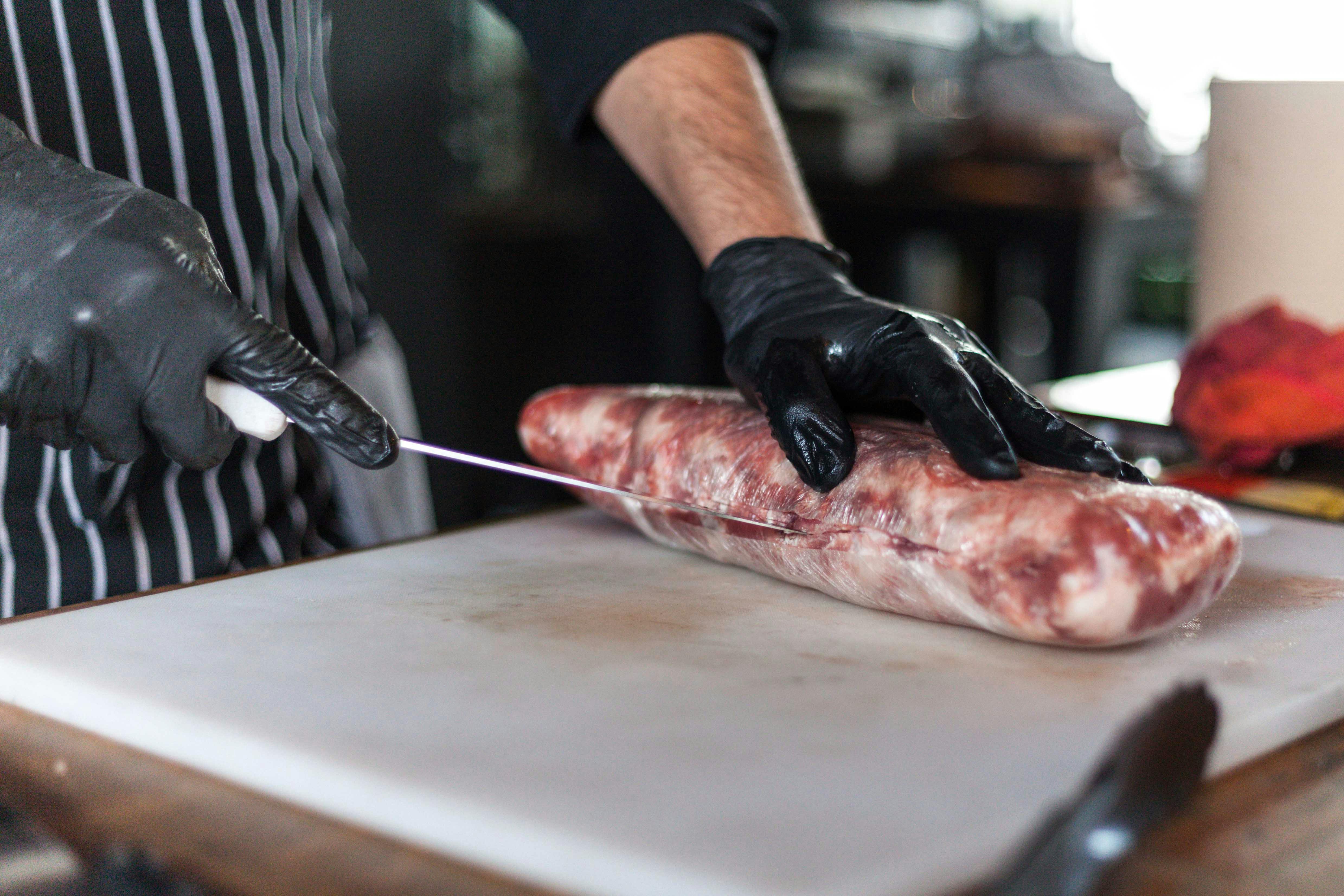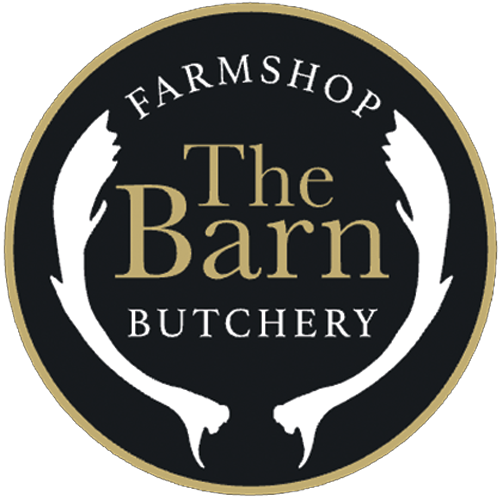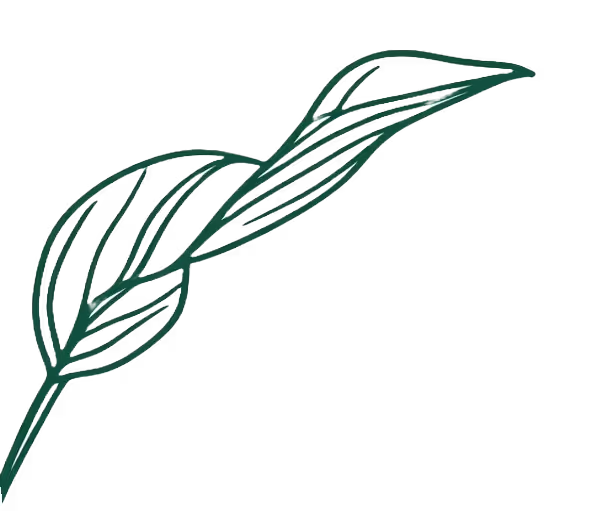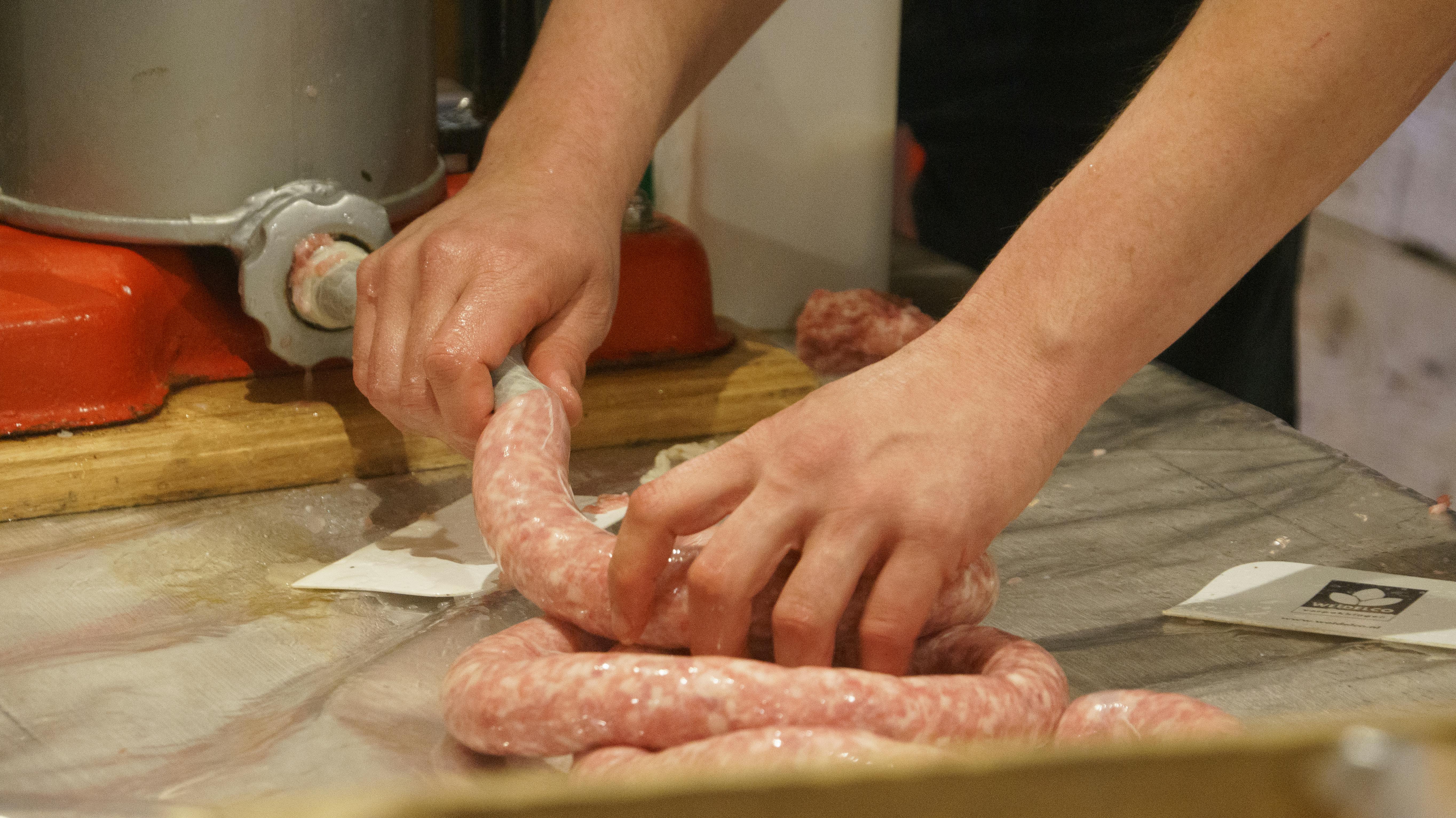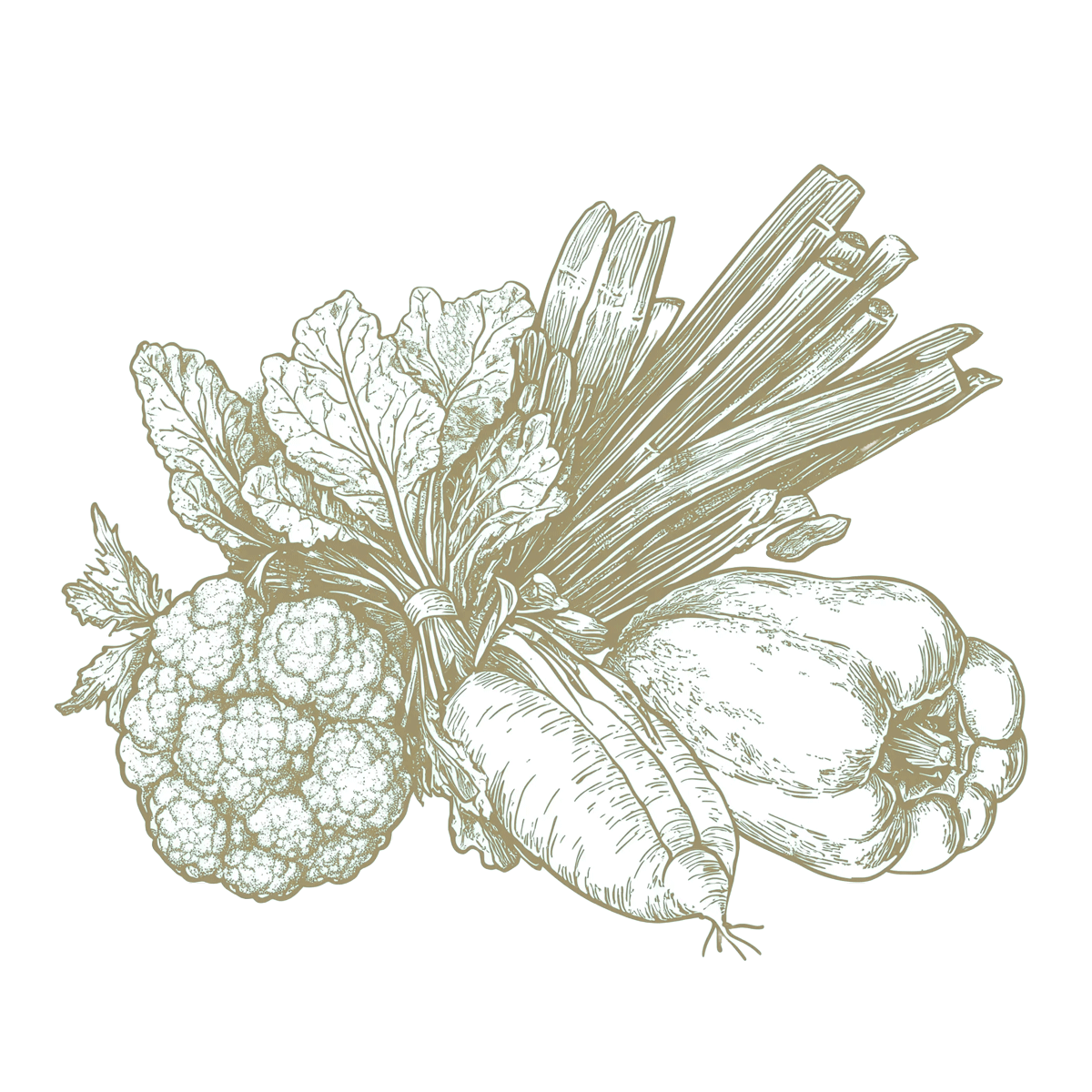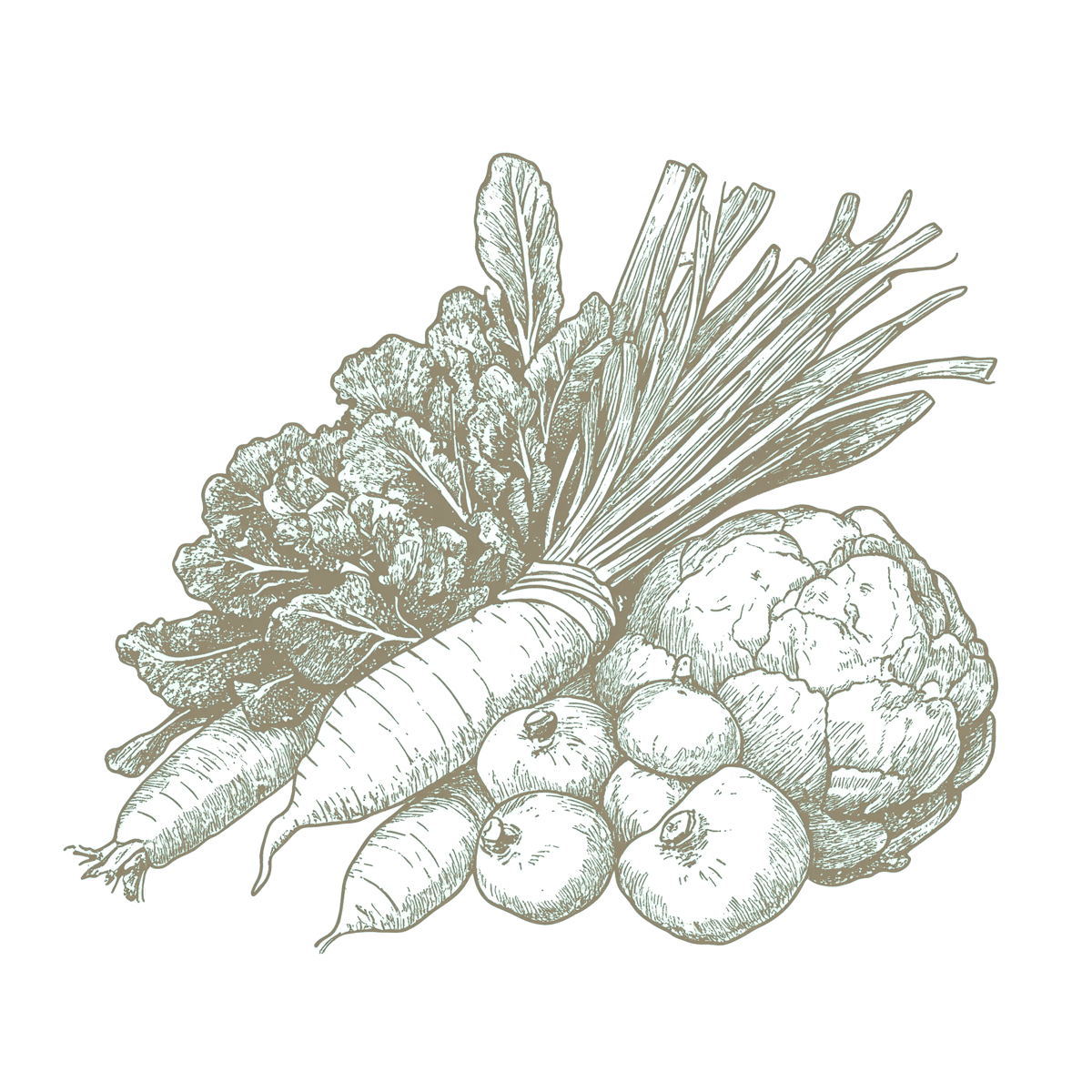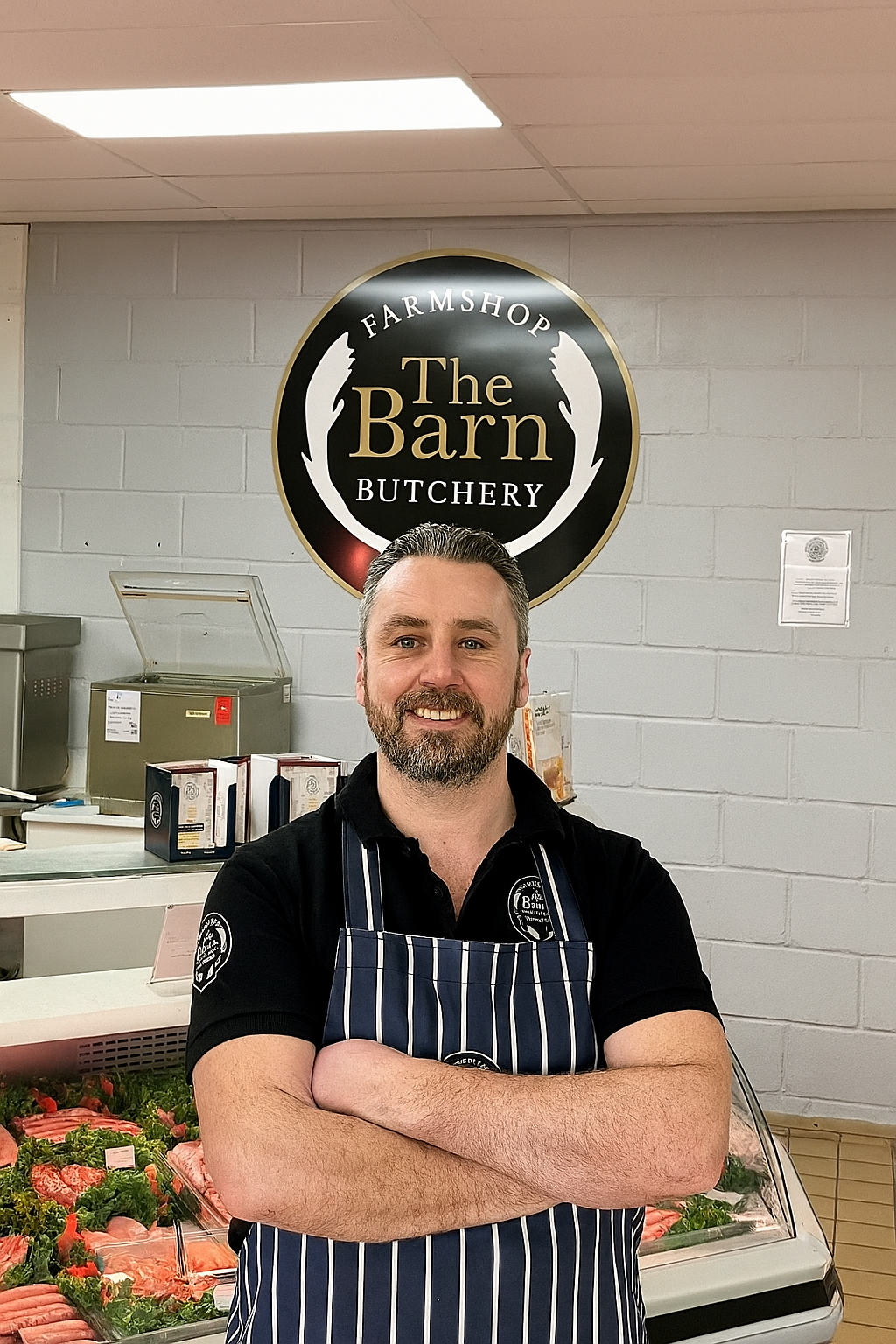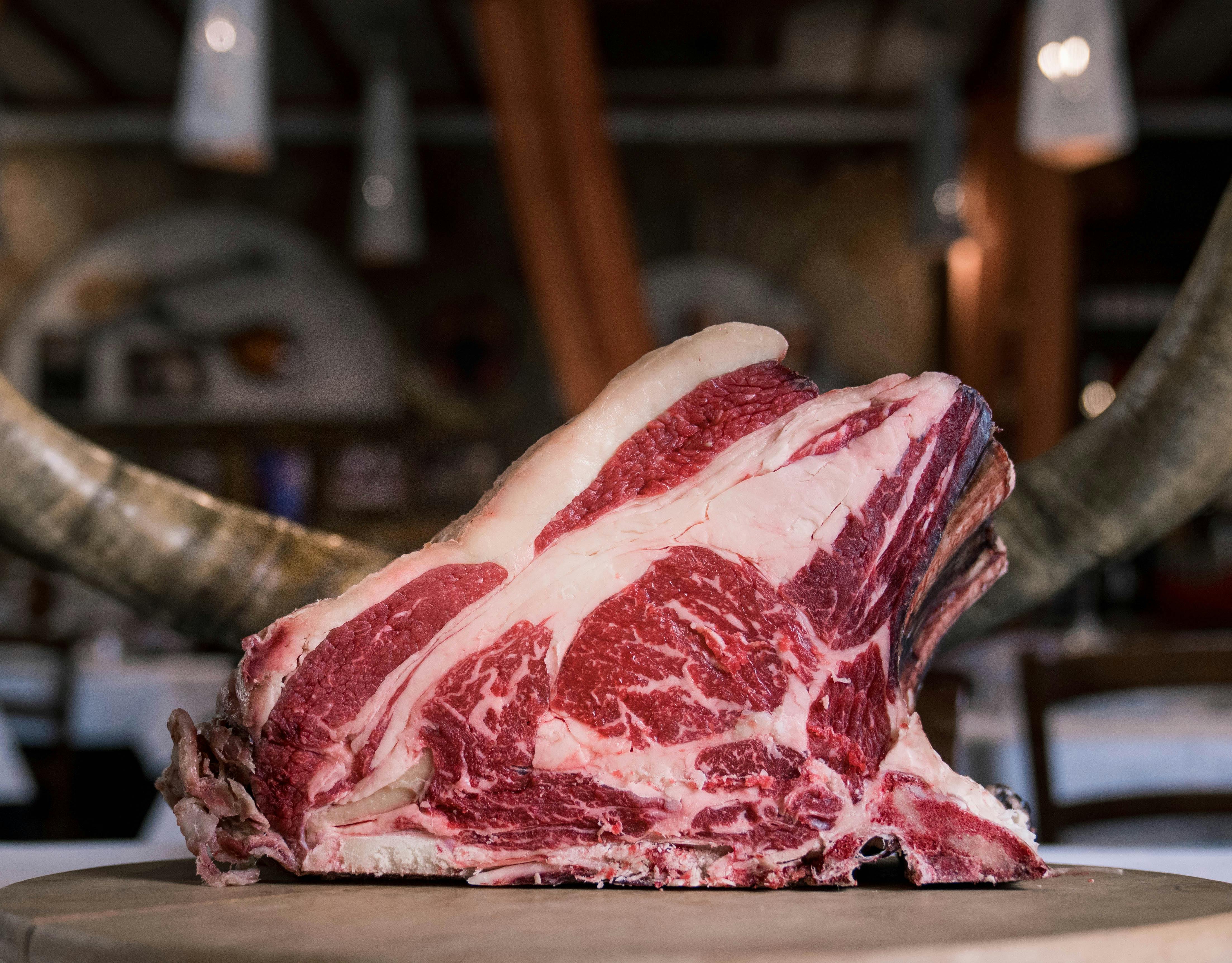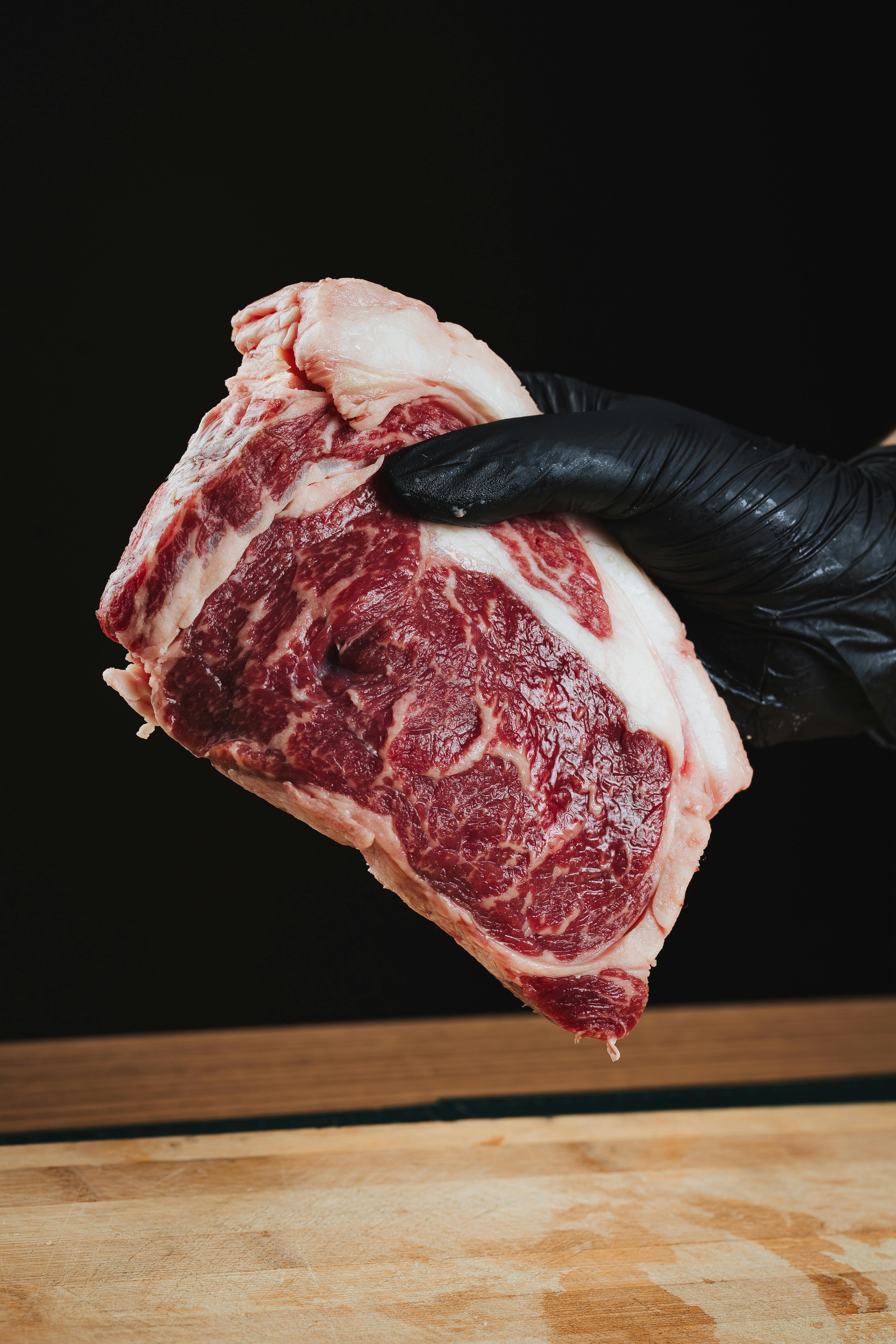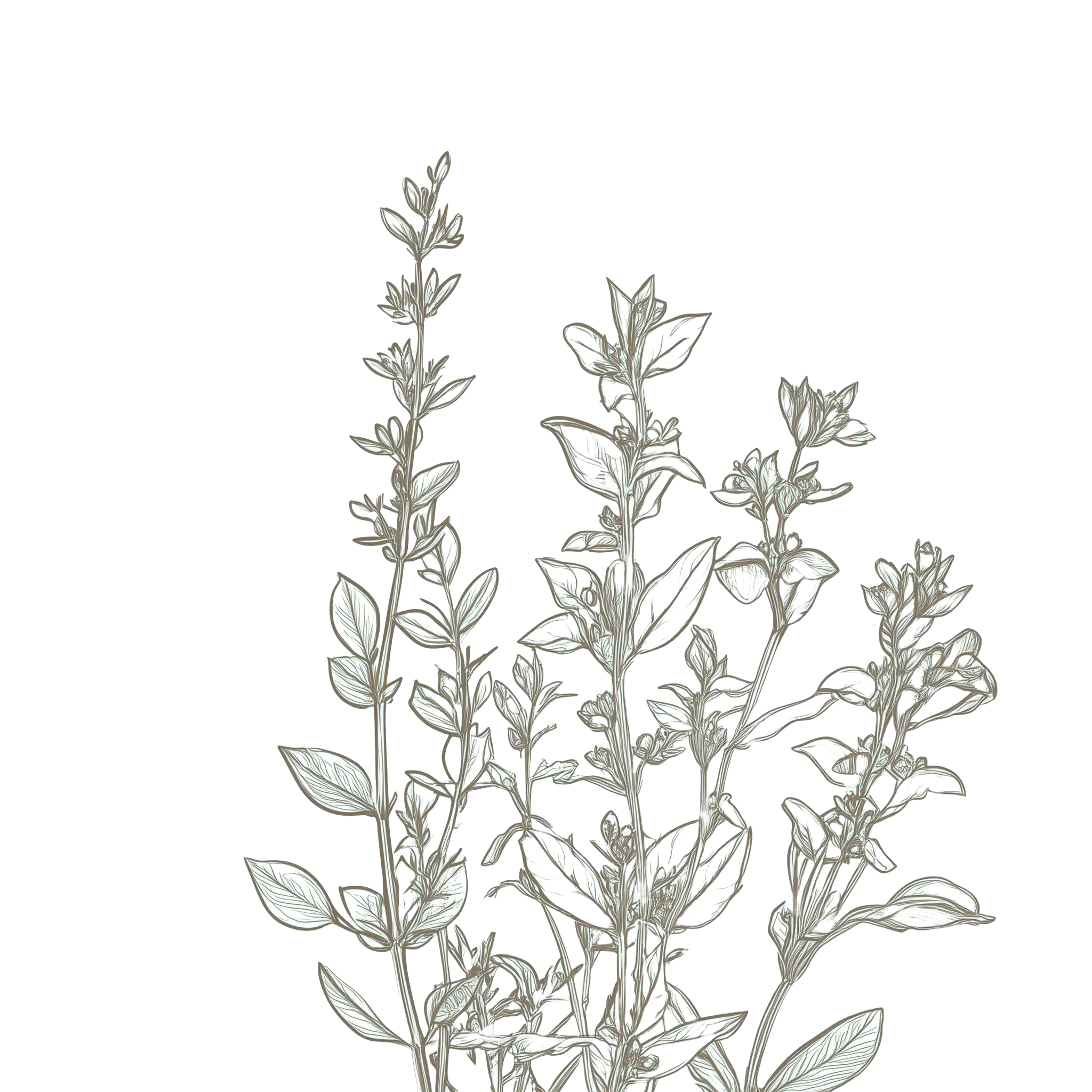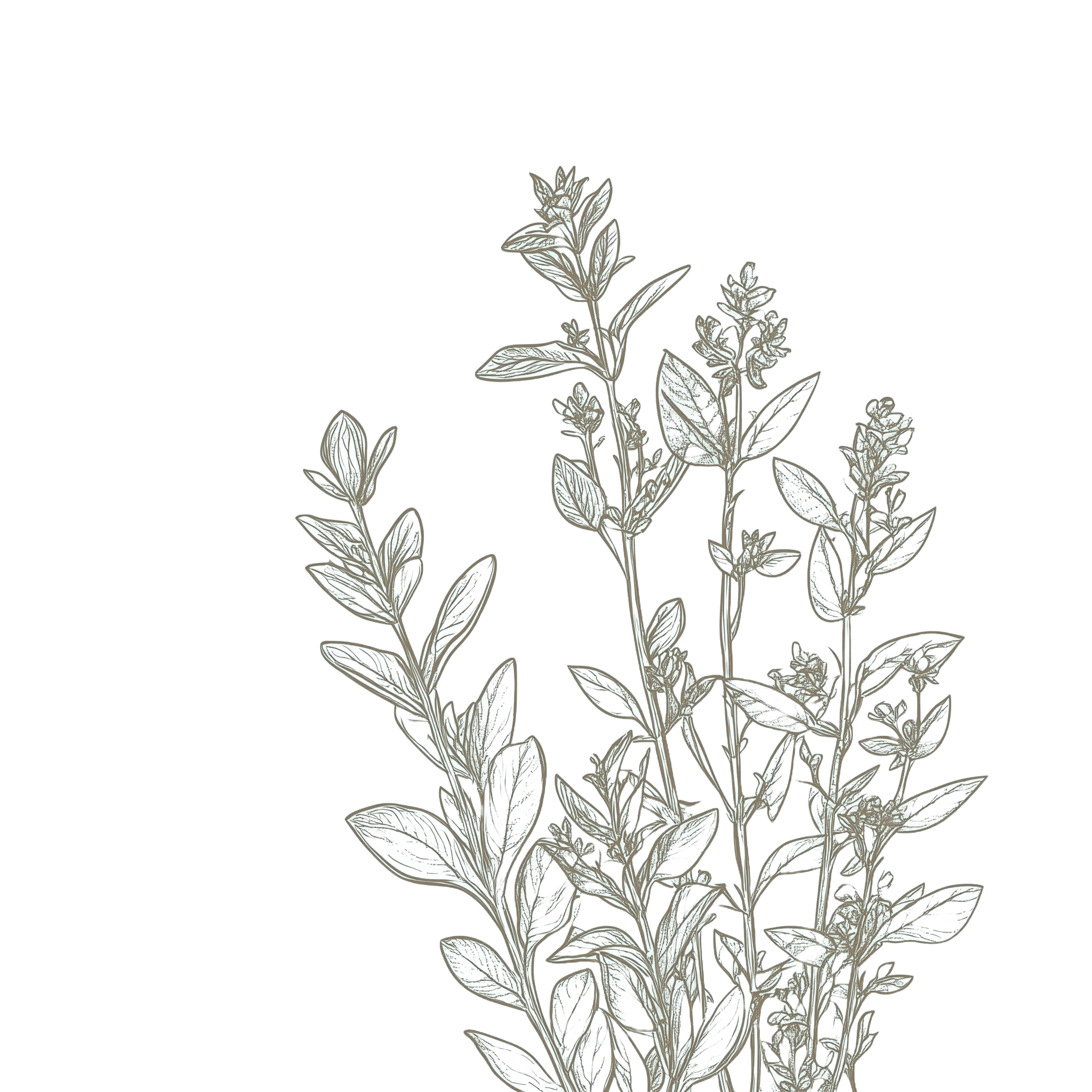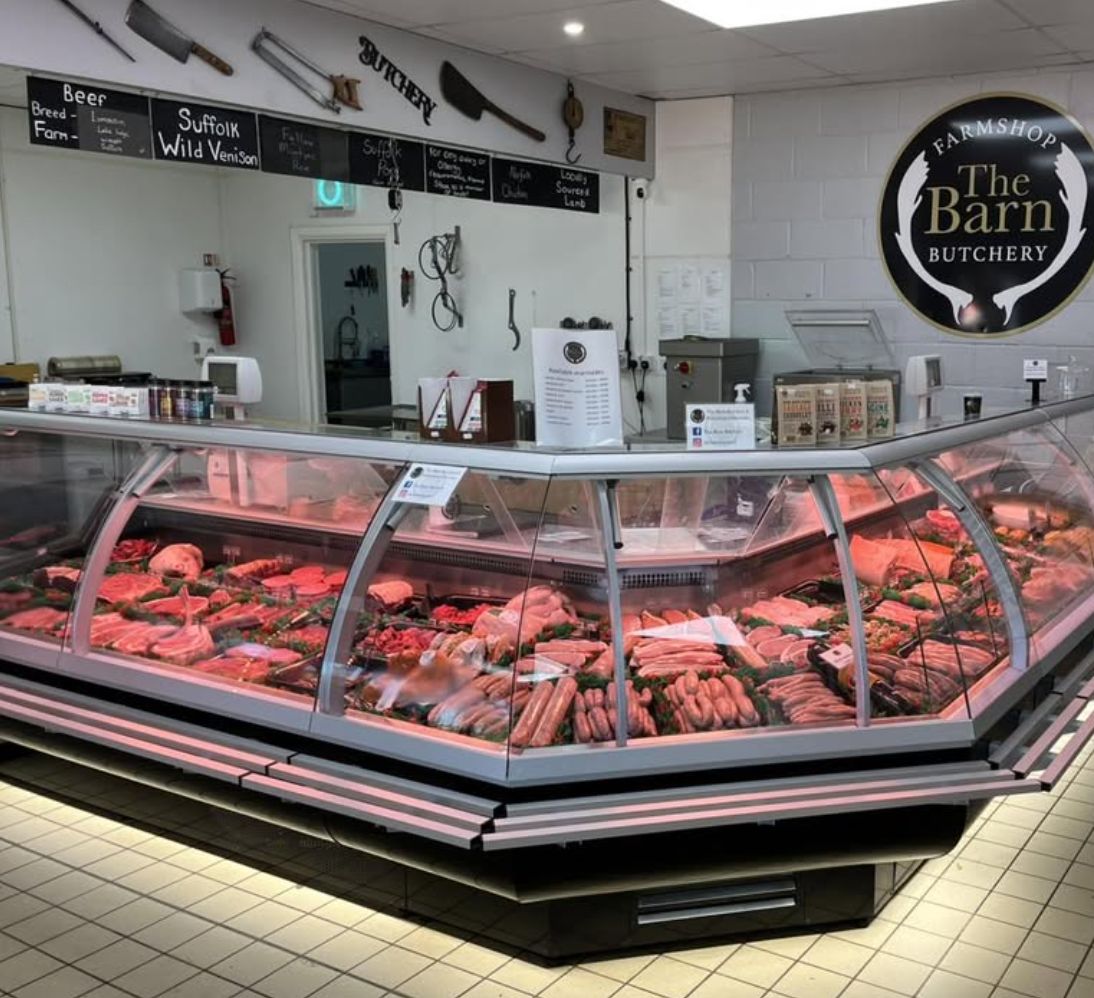Butchery Courses & Workshops – Learn the Art of Butchery with Us
Have you ever watched your local butcher at work and thought, “Wow, that’s a real art – I wish I knew how to do that”? You’re not alone! There’s something fascinating about the skill of breaking down whole animals into beautiful cuts, or crafting perfect sausages by hand. That’s why we’re excited to share our knowledge through butchery courses. As a small family butcher shop, we love educating others about our craft. Whether you’re a food enthusiast, an aspiring chef, or just curious, a butchery class can be a fantastic experience. In this post, we’ll explain what to expect from a butchery workshop – from safety and knife skills to cutting techniques – and why it’s an unforgettable way to connect with your food.
Why Take a Butchery Class?
First off, why would someone sign up to handle raw meat and sharp knives for an evening? Plenty of reasons! For many, it’s about understanding where your food comes from. In a world where meat often comes pre-packaged, the class lets you literally get hands-on and see the whole process. You’ll gain huge appreciation for the craft and effort that goes into each steak and chop. It’s also an excellent way to become a better cook – when you know about different cuts and how to debone or trim them, you can save money (buying larger cuts and portioning at home) and reduce waste. Foodies love it because it’s an old-world skill that’s both practical and kind of badass! Plus, it’s fun. Butchery classes are very interactive – you’re not just watching a demo, you’re doing it yourself under guidance. And trust us, few things are as satisfying as successfully filleting a side of pork or tying a proper butcher’s knot on a roast that you prepared.
Class Structure – What You’ll Learn
Our butchery workshops (typically held in the evening after the shop closes) are small and intimate – usually just 3–6 participants so everyone gets personal attention. You don’t need any prior experience; we start with the basics of safety and knife handling. Here’s an overview of what a typical class with us might cover:
- Safety & Tools: We’ll equip you with an apron, gloves (often a chainmail glove for your off-hand for protection), and razor-sharp knives. We start by showing how to use a butcher’s steel to keep your knife honed Safety first: you learn how to hold the knife and position your hands (the famous “butcher’s grip”) so you have control. We also go over hygiene – working cleanly and keeping raw meat properly handled.
- Animal Anatomy Overview: Depending on the class theme, we might focus on one animal – say, a Lamb Butchery class (one of our popular offerings) where each student gets half a lamb to break down. Or a general class might tackle a whole chicken and some primal cuts of pork or beef. We’ll briefly explain the major parts of the animal and which cuts come from where. It’s like a crash course in anatomy: you’ll see where the leg ends and the loin begins, etc.
- Hands-On Butchering: This is the heart of the class. Under the guidance of our master butcher (likely one of our family members), you will break down the meat step by step. For example, in the lamb class, our tutor might demonstrate on one side how to joint a lamb: separating the shoulder, removing the neck, cutting off the rack of ribs, splitting the saddle (loin), and portioning the leg. Then, it’s your turn on your piece of lamb. Don’t worry – we go slowly and help as needed. You’ll feel like an apprentice, saw in hand, carefully cutting through bone when needed and using your knife along joints. Participants often remark how empowering it is to feel the different textures – the snap of cartilage, the smooth glide through muscle – it gives you real respect for the ingredient. Along the way, we’ll answer questions and explain the best uses for each cut (e.g., “this part is the shoulder – great for slow roasting,” “these are lamb chops from the rack – tender and quick cooking”).
- Techniques & Butcher Skills: Beyond just cutting, we’ll teach you techniques like trimming excess fat, tying a roast with butcher’s twine (yes, you’ll learn the butcher’s knot), and maybe even a bit of knife artistry (like “Frenching” a rack – cleaning the bones for an elegant presentation). Many are surprised to learn the tricks of the trade, like using your fingers to find joints or the difference between using a cleaver vs. a boning knife. If we have time and it’s part of the class, we might also cover sausage making basics or how to make cuts like flank rolls or butterfly a larger piece. But generally, the focus is on primary butchery skills.
- Wrap-Up & Take-Home: By the end of the class, you’ll have transformed a hefty piece of meat into a selection of ready-to-cook cuts. It’s common that you get to take home what you butchered. For instance, after a lamb class, you might leave with the chops, leg, shoulder etc. from your half lamb – often nearly half the animal, which is a lot of meat! (Don’t worry, we’ll give you tips to store or freeze it safely). Classes typically include these cuts in the fee, so while they aren’t cheap, you walk away with premium meat and a wealth of new skill. One London butcher’s class cost about £111 and each student took home nearly half a lamb they’d butchered – so you can expect something similar. We’ll also send you home with a booklet or cheat sheet recapping what you learned, plus recipes or cooking suggestions for your cuts.
And one more thing: the atmosphere. We keep it casual and friendly. Yes, you’re learning serious skills, but we crack jokes, share stories (trust us, butchers have great stories), and maybe even have a little food or drink on hand. Some classes we’ll finish with a little tasting – e.g., we might grill one of the steaks or sausages you prepared so the class can enjoy the fruits of their labor together. It’s as much about community and enjoyment as education.
What Past Participants Say
People come out of our classes beaming. A few comments we often hear: “I had no idea what I was capable of – now I can debone a whole chicken in 5 minutes!” or “I’ll never look at a piece of meat the same way again.” There’s a real sense of accomplishment in acquiring this old-school skill. One participant in a lamb butchery class said they felt like an “old apprentice” learning from a master, and the hands-on practice with a whole carcass was invaluable. Many appreciate the small class size and individual help – it’s not like a big impersonal cooking class; it’s more like spending an evening in our shop doing what we do, side by side. Some also mention that they loved the respect for the animal that the class instilled – using every part, and understanding the work that turns livestock into food. For foodies, it’s often described as a bucket list experience, right up there with making their own cheese or baking artisanal bread.
From a practical standpoint, people who take butchery courses often feel more confident buying larger cuts. One student told us that after taking our pork butchery workshop, he went and bought a whole pork shoulder from us and broke it down at home into roasts and ribs, something he’d never have tried before. We’ve also heard from participants who now custom-order whole or half animals because they gained the know-how to process it (and save money by buying in bulk).
What to Bring
When you come to class, wear something comfortable and that you don’t mind getting a bit meaty (we provide aprons, but still). Closed-toe shoes are a must (you’ll be on your feet and handling sharp tools). You don’t need to bring knives – we supply professional knives which we keep razor sharp. If you have long hair, tie it back. And come with an appetite to learn (and maybe an actual appetite if we’re sampling goodies after class!). Some students like to bring a cooler bag to transport the meat they take home, which is a good idea especially if you’re traveling a bit.
Final Thoughts – Embrace the Craft
Taking a butchery course is stepping into a bit of living history – you’re learning a trade that has been passed down through generations. As your local butcher, we find great joy in welcoming folks behind the counter and sharing what years of experience have taught us. It’s a way to foster a deeper connection between us (the butchers), you (the customer), and the food. We often say after a class, you’ll never waste a scrap of meat again – you’ll know the value and potential in each piece.
If you’re in the Bury St Edmunds or Newmarket area and interested in trying a class, get in touch. These workshops tend to be on weekday evenings. They make a fantastic gift, too – we’ve had people receive our class as a birthday or Father’s Day present and they absolutely loved it. (We can provide a nice voucher pack if you want to gift a class to the meat-lover in your life!).
A butchery course is educational, empowering, and fun. You’ll walk away with a new skill set and a deeper appreciation for meat. Plus, you’ll have a great story to tell (“I butchered half a lamb with my own hands!”) and likely a hefty bag of meaty treasures you processed yourself. We encourage anyone curious about the craft to give it a try. Come spend an evening slicing and dicing with us – you’ll be amazed at what you can learn in just 90 minutes or so, and you’ll gain a newfound respect for the journey from farm to table. Hope to see you at our butcher’s block!
